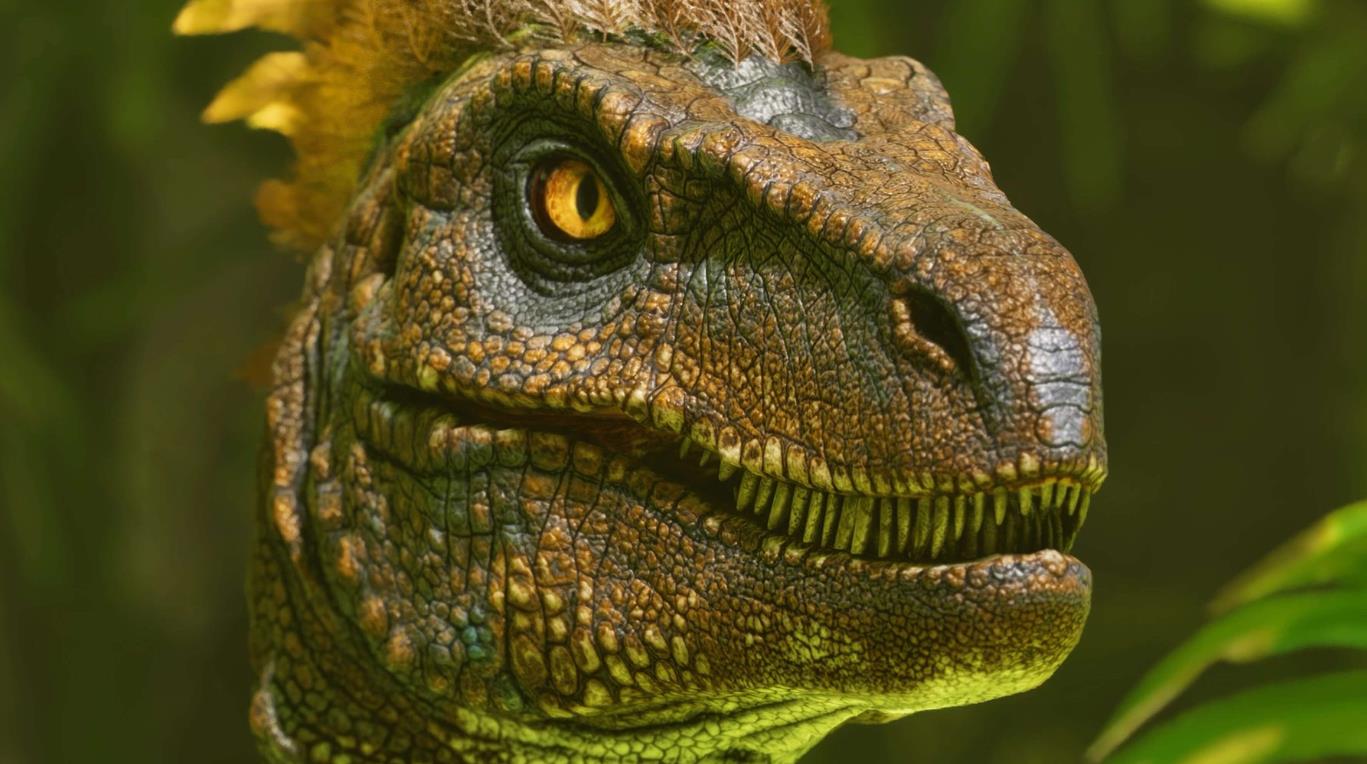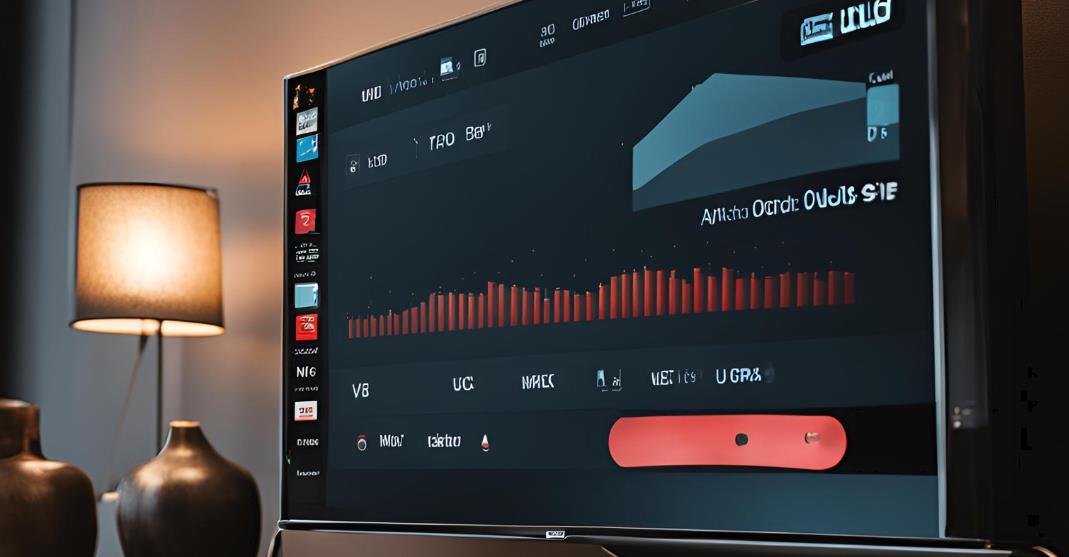Ark: Survival Evolved is packed with an incredible array of creatures to tame and utilize for various purposes. Among them, the Tropeognathus stands out due to its unique mechanics and capabilities. This flying creature offers more than just mobility, boasting impressive combat, grinding, and harvesting features. In this guide, we’ll explore the various aspects of the Tropeognathus in Ark, covering everything from summoning and taming to using it on different platforms.
Is the Tropeognathus a real dinosaur?
Tropeognathus isn’t a dinosaur, but a flying reptile from the Late Cretaceous period. Specifically, it was a pterosaur, a group of flying reptiles that lived during the age of dinosaurs. The real-world Tropeognathus had a wingspan of around 8 to 9 meters (about 26 to 30 feet) and was characterized by a bony crest on its snout. While it wasn’t a combat-focused animal, Ark: Survival Evolved takes creative liberties to make the Tropeognathus a versatile and powerful flyer.
How to Summon Tropeognathus in Ark?
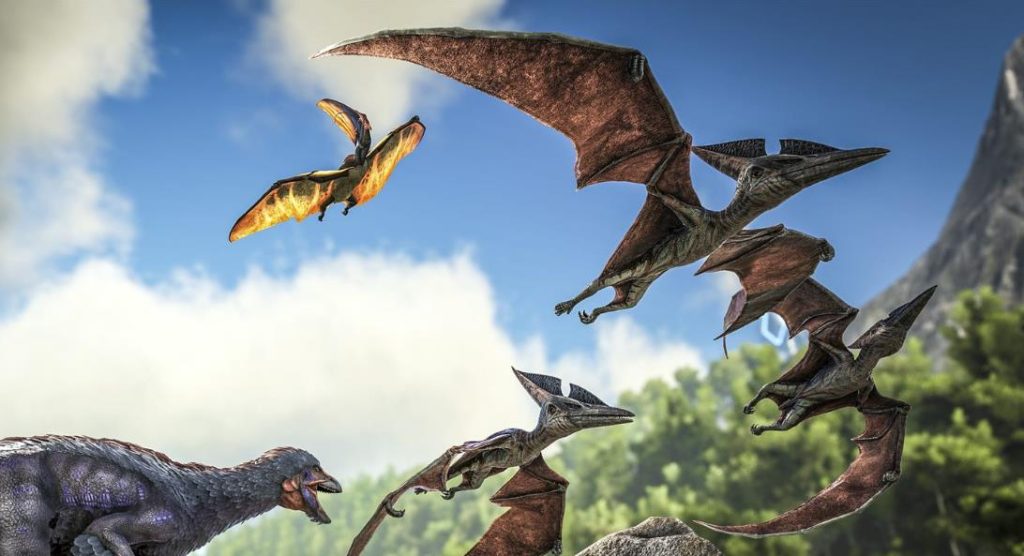
If you’re playing in single-player mode or have admin rights on a server, you can summon a Tropeognathus using console commands. Here’s how to summon it:
Open the console by pressing Tab on PC, or the appropriate buttons on console (L1 + R1 + Square + Triangle on PS4/PS5 or LB + RB + X + Y on Xbox).
Enter the command:
admincheat summon Tropeognathus_Character_BP_C
This will spawn a wild Tropeognathus near your location.
Alternatively, if you want to summon a tamed one, you can use:
admincheat gmsummon "Tropeognathus_Character_BP_C" 150
(Replace 150 with the level of your choice.)
How to Use the Tropeognathus in Ark: Survival Evolved
Tropeognathus Controls
Tropeognathus has several unique abilities and controls that set it apart from other flyers in Ark. Here are the basic controls for its movement and features:
- Primary Attack (Bite): Tropeognathus bites at enemies, dealing moderate damage.
- Secondary Attack (Grapple): Uses its grappling ability to latch onto surfaces or pick up objects.
- Rocket Boost (with saddle): When equipped with the Tropeognathus saddle, you can use rocket boosters for increased speed.
- Flak Cannon (with saddle): The saddle also comes with a cannon that you can aim and fire.
Here are platform-specific controls for the Tropeognathus:
How to Use the Tropeognathus in Ark PS4?
On PS4, the Tropeognathus controls are as follows:
- L2: Fire the cannon (when the saddle is equipped).
- R2: Basic attack (bite).
- L1 + Right Stick (hold): Activate rocket boost.
- R1: Grapple to a surface.
How to Use the Tropeognathus in Ark PS5?
On PS5, the Tropeognathus operates similarly to the PS4 version:
- L2: Fire the flak cannon.
- R2: Perform a bite attack.
- L1 + Right Stick (hold): Engage rocket thrusters.
- R1: Use the grappling ability.
How to Use the Tropeognathus in Ark Xbox Series
For the Xbox Series consoles:
- LT: Fire the cannon.
- RT: Basic bite attack.
- LB + Right Stick (hold): Rocket propulsion.
- RB: Grappling function.
What Can You Do With the Tropeo?
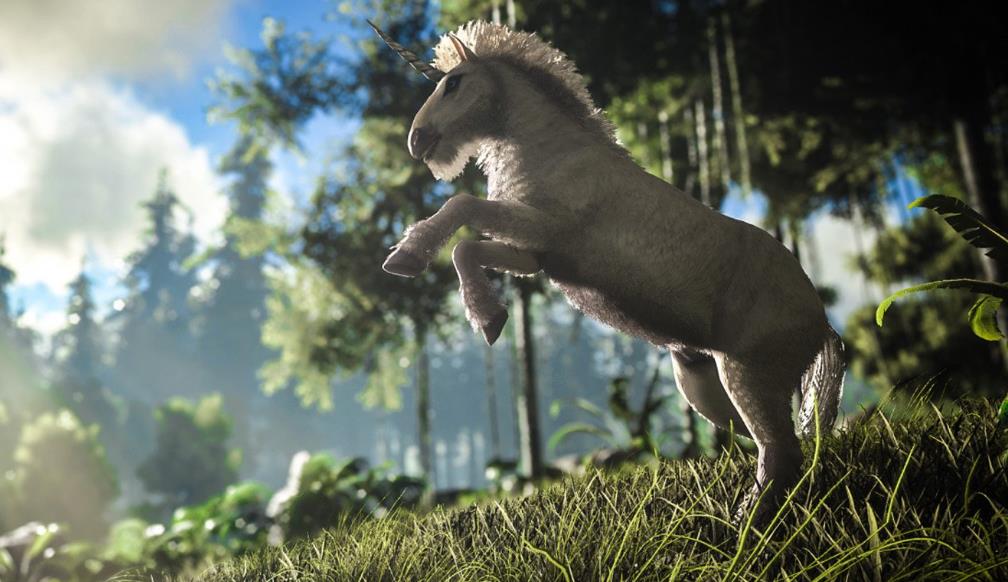
The Tropeognathus offers several key utilities:
- Air Combat: The Tropeognathus is one of the few flying creatures capable of engaging in aerial combat, thanks to its saddle-mounted flak cannon. The rocket boost gives it extra speed to chase or evade enemies mid-air.
- Transport: Tropeognathus has a decent carry weight, which makes it a reliable flyer for transporting goods over long distances.
- Grinding Items: The saddle also comes with a built-in grinder, allowing you to break down excess items or materials into raw resources on the go.
- Exploration: With its rocket-boost ability, Tropeognathus can cover large distances quickly, making it excellent for map exploration or base scouting.
How Do You Tame a Tropeognathus in Ark?
Taming a Tropeognathus is an active process, requiring a unique strategy compared to other passive tames:
- Net the Tropeognathus: Use a chain bola or a net projectile from the Harpoon Launcher to immobilize it.
- Feed it Kibble or Raw Meat: Once it’s trapped, approach it and feed it the appropriate food. It prefers Kibble (specifically, Exceptional Kibble), but raw mutton or raw prime meat can work as well.
- Repeat the Process: The Tropeognathus will attempt to flee after each feeding, so you’ll need to net it again until the taming bar is full.
Is Tropeognathus a Passive Tame?
Yes, Tropeognathus is considered a passive tame, but it behaves differently from typical passive tames. While you don’t have to knock it out to tame it, you do need to immobilize it repeatedly with a net or bola and feed it during those intervals.
Can Tropeognathus Be Used as a Grinder?
Yes, the Tropeognathus can act as a mobile grinder when equipped with its saddle. The saddle features an integrated grinder that allows you to break down excess items into their raw materials. This is particularly useful for long journeys where you might want to free up inventory space or gain resources without returning to a base.
Also Read: Is Ark Cross Platform
What Did Tropeognathus Eat?
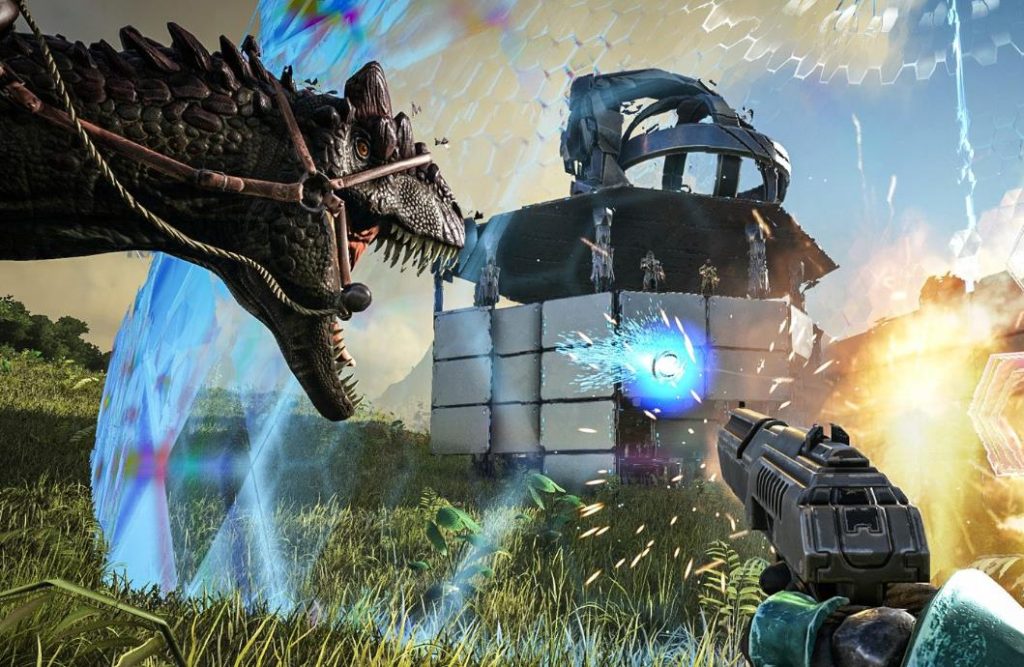
In-game, Tropeognathus prefers Exceptional Kibble for taming, but it will also accept raw mutton, raw prime meat, or raw meat. After taming, it will eat standard carnivore food like meat or fish.
Tropeognathus Utility Tips
- Combat: Its rocket boost makes it one of the most maneuverable combat flyers, perfect for dogfighting other aerial creatures or players.
- Resource Efficiency: Use its saddle grinder to break down loot you don’t need and recycle it into valuable resources.
- Speed: The Tropeognathus is an excellent choice for rapid transportation, thanks to its rocket propulsion, making it perfect for traversing large maps quickly.
- Aerial Dogfights: With the flak cannon and rockets, you can engage in thrilling air battles. Practice maneuvering while using the rockets to evade attacks effectively.
In conclusion, the Tropeognathus is a versatile and highly useful creature in Ark: Survival Evolved, especially for players looking to dominate the skies. With its combination of speed, firepower, and utility, it’s a must-have tame for any survivor aiming to explore, battle, or gather resources.
Feature Image Credit: https://playark.com/media/2023/10/1-1920×1080.jpg

